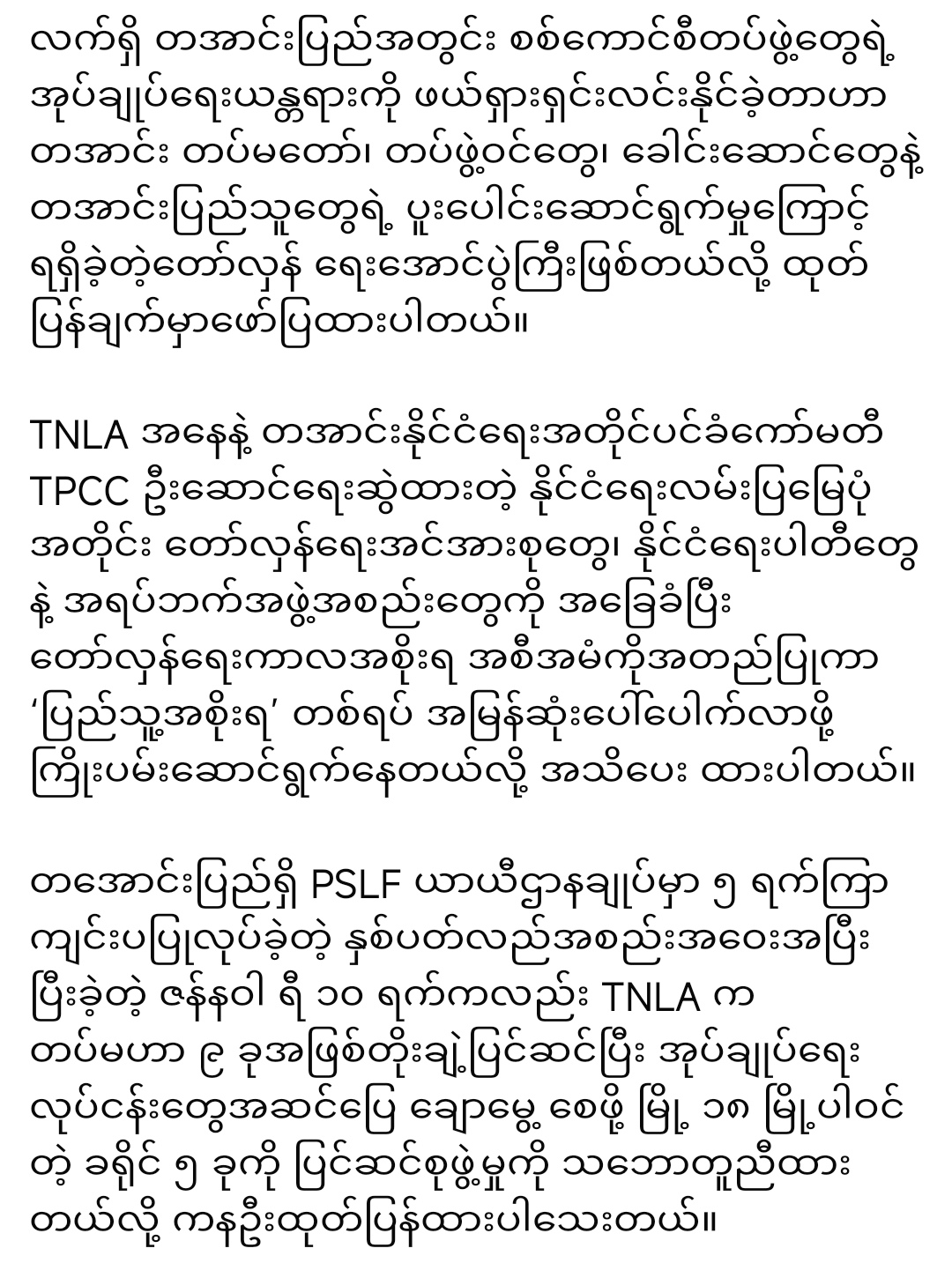
Whether you’re launching a startup or expanding an established venture, securing funding for your small business can significantly impact your success. In 2025, the landscape of grants and loans is more dynamic than ever, offering numerous opportunities for entrepreneurs. This guide will help you navigate the process, understand eligibility requirements, and increase your chances of approval.
1. Understand the Basics of Small Business Grants
What Are They?
Grants are funds provided by government entities, nonprofits, or private organizations that don’t require repayment.
Who Qualifies?
- Businesses addressing social or environmental issues.
- Women-owned, minority-owned, or veteran-owned businesses.
- Companies in specific industries like tech, healthcare, or green energy.
Pro Tip: Research grant directories like Grants.gov or local government websites for relevant opportunities.
2. Explore Loan Options for 2025
Loans are a common funding option, but they come with repayment obligations. Here’s what’s trending:
Low-Interest Loans: Offered by federal programs like SBA (Small Business Administration).
Startup Loans: Tailored for new businesses with minimal revenue history.
Microloans: smaller loans (up to $50,000) aimed at small businesses and startups.
Pro Tip: Build a strong credit score to secure favourable loan terms.
3. How to Prepare for Grant Applications
Preparation is key to securing funding.
Key Steps:
- Develop a business plan: Clearly outline your goals, target market, and financial projections.
- Gather Documentation: Include tax returns, proof of ownership, and certifications.
- Demonstrate Impact: Highlight how your business aligns with the grant’s mission.
Pro Tip: Tailor each application to the specific requirements of the grant.
4. Steps to Qualify for a Loan
Lenders look for specific criteria when approving loans.
Requirements:
- Solid Credit History: A personal or business credit score of 700+ improves your chances.
- Business Plan: A well-structured plan demonstrates reliability.
- Collateral: Assets like equipment or property can secure the loan.
Pro Tip: Use online tools to compare loan terms and interest rates.
5. Take Advantage of Industry-Specific Opportunities
Some grants and loans target specific industries or demographics.
Popular Sectors for 2025:
- Technology: grants for innovation and AI development.
- Green Energy: Funds for businesses promoting sustainability.
- Healthcare: Opportunities for companies addressing public health.
Pro Tip: Join industry associations to stay informed about new funding opportunities.
6. Utilize Local and Regional Resources
Don’t overlook state and local programs that provide targeted funding.
How to Find Them:
- Contact your local Small Business Development Centre (SBDC).
- Check city and state government websites for small business initiatives.
Pro Tip: Build relationships with local organizations to increase visibility for your business.
7. Avoid Common Mistakes in Applications
Small errors can cost you funding opportunities.
What to Avoid:
- Submitting incomplete applications.
- Ignoring eligibility requirements.
- Missing deadlines.
Pro Tip: Review applications thoroughly or hire a professional to assist with the process.
8. Key Trends in Small Business Funding for 2025
Stay ahead by understanding what’s driving funding decisions.




Emerging Trends:
- Increased focus on diversity and inclusion.
- More funding for environmentally sustainable projects.
- Rise of fintech platforms offering alternative funding.
Pro Tip: Monitor industry news to take advantage of new opportunities.
Conclusion
Securing small business grants and loans in 2025 requires preparation, research, and persistence. By understanding the requirements, tailoring applications, and exploring both traditional and alternative funding sources, you can set your business up for success. Start now to take advantage of the financial opportunities available this year!



